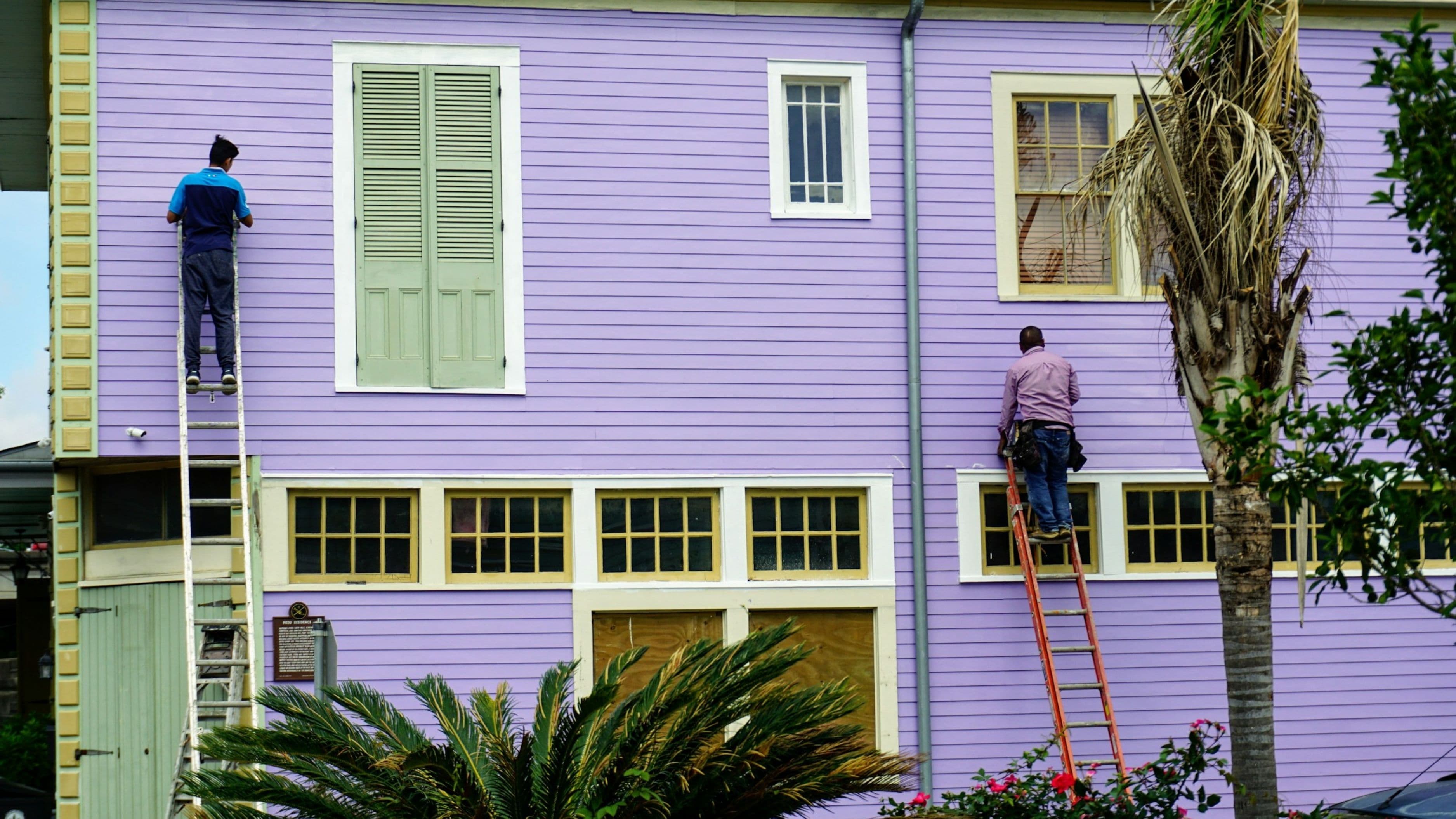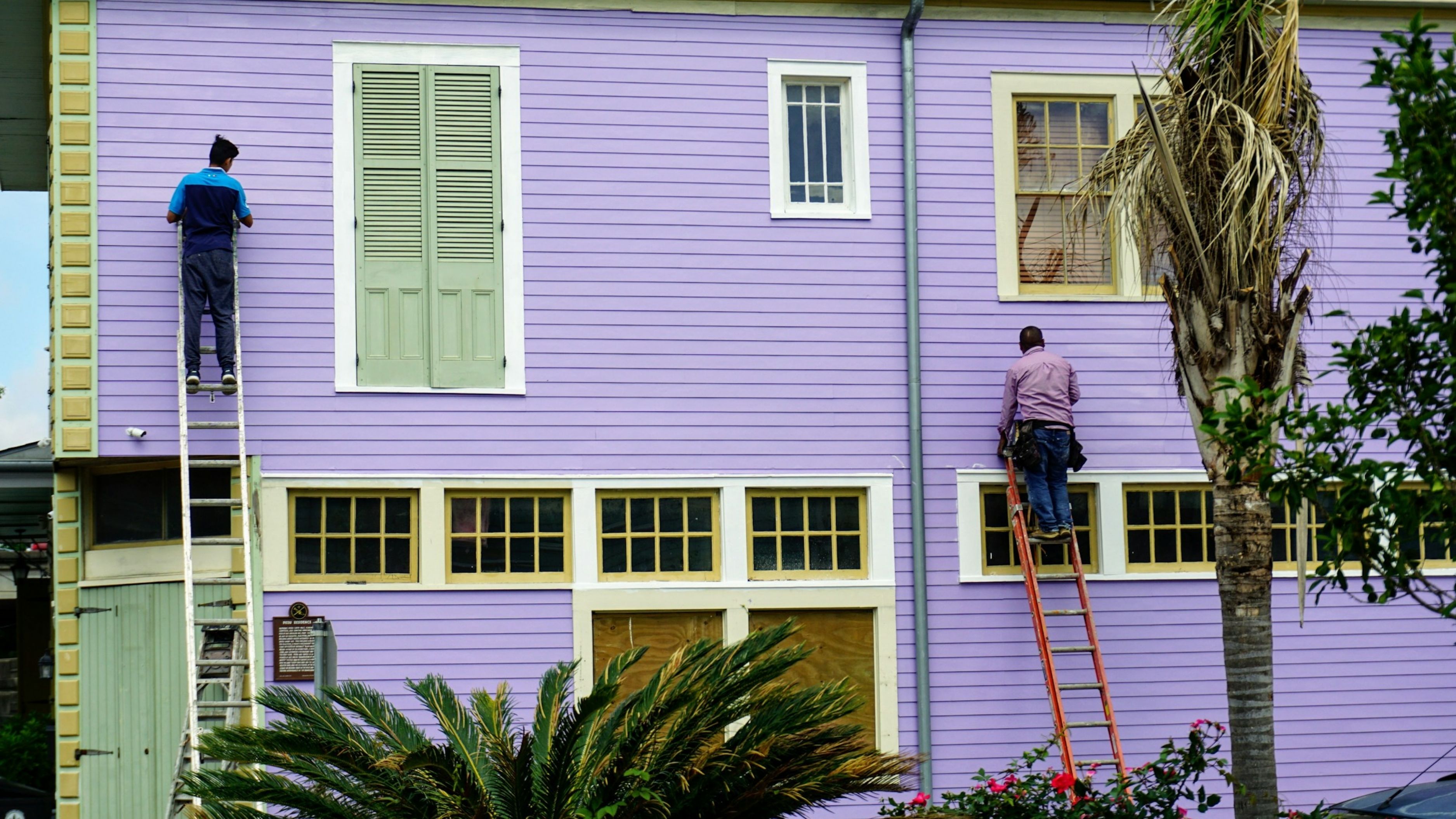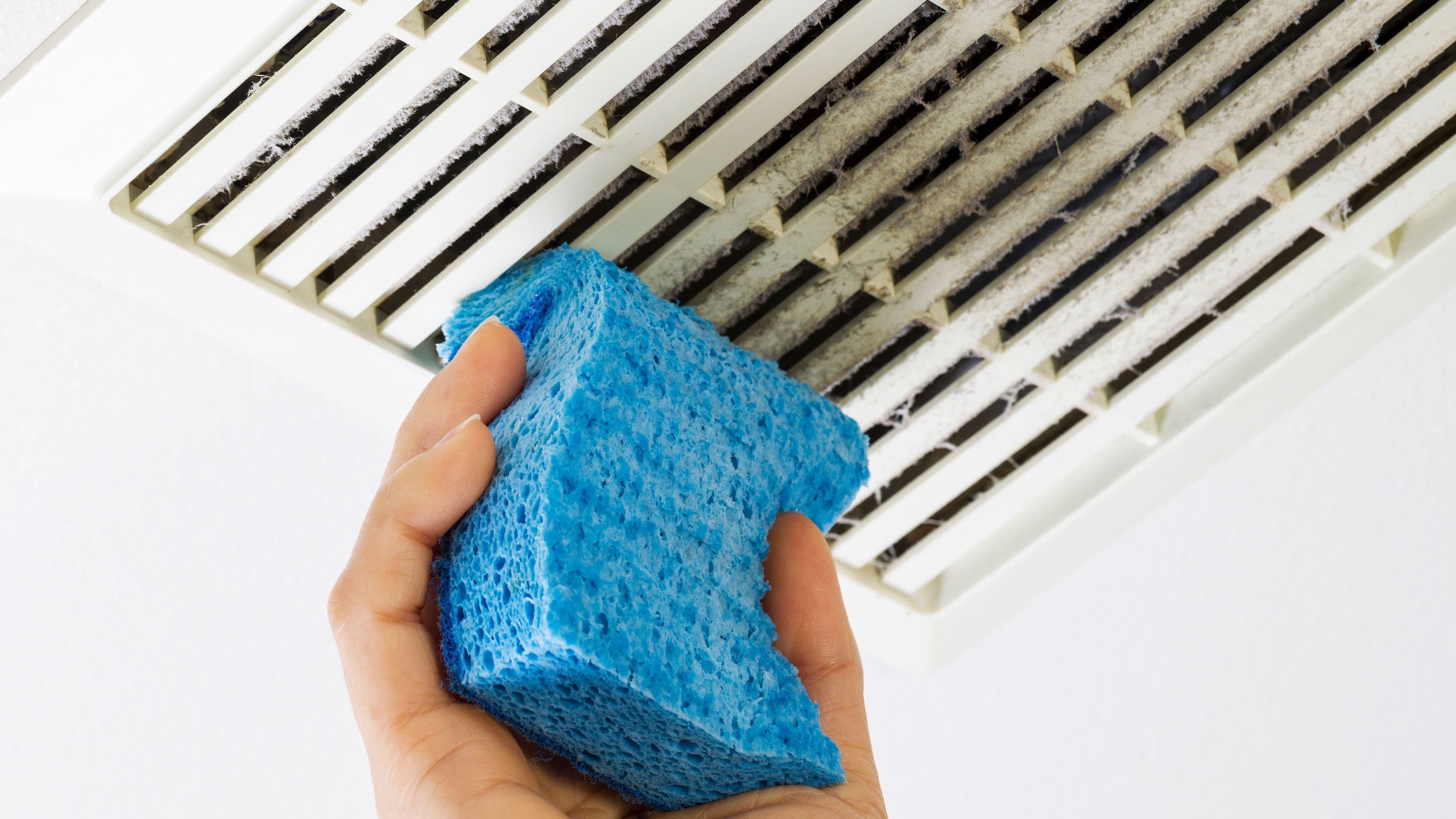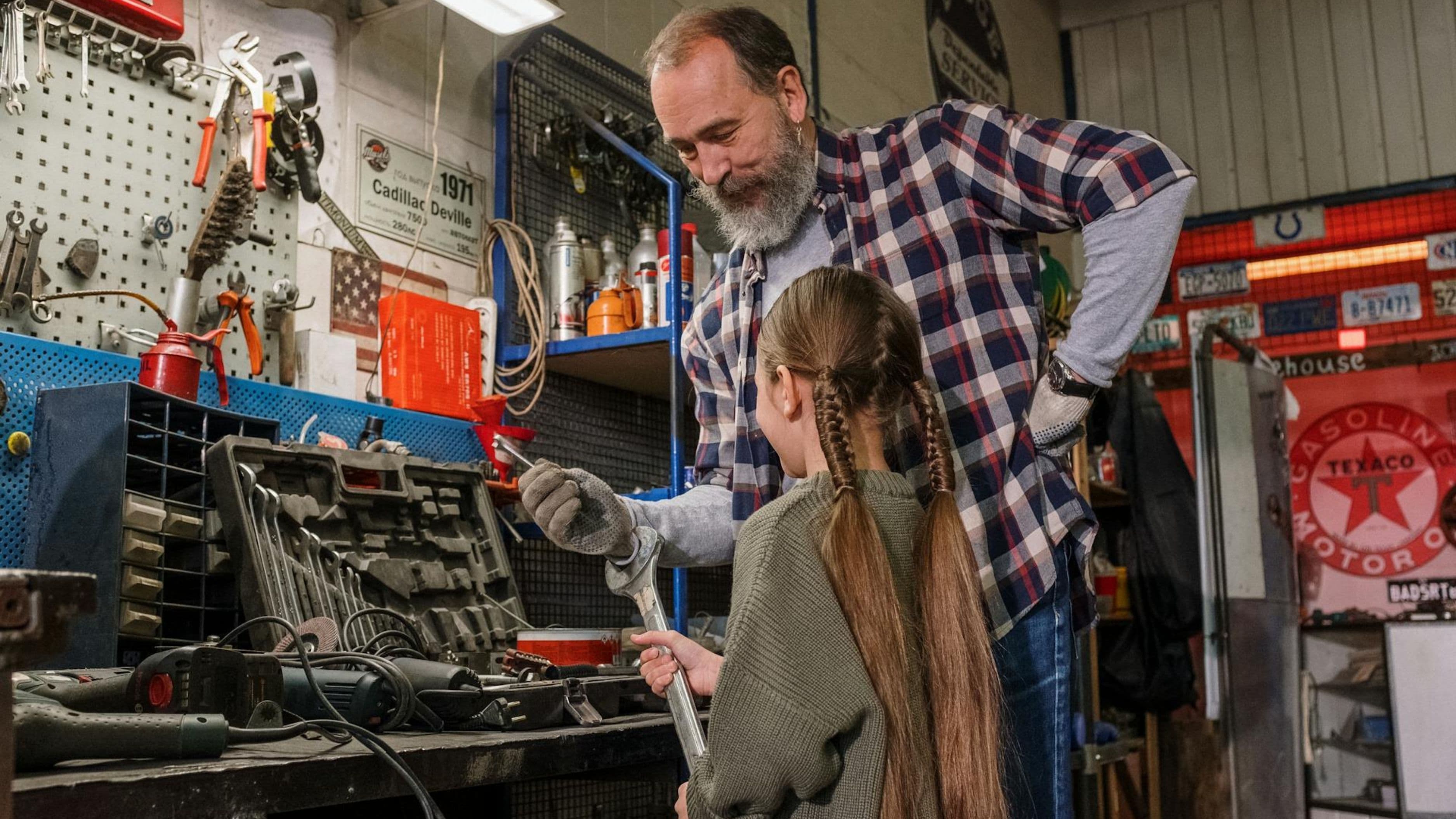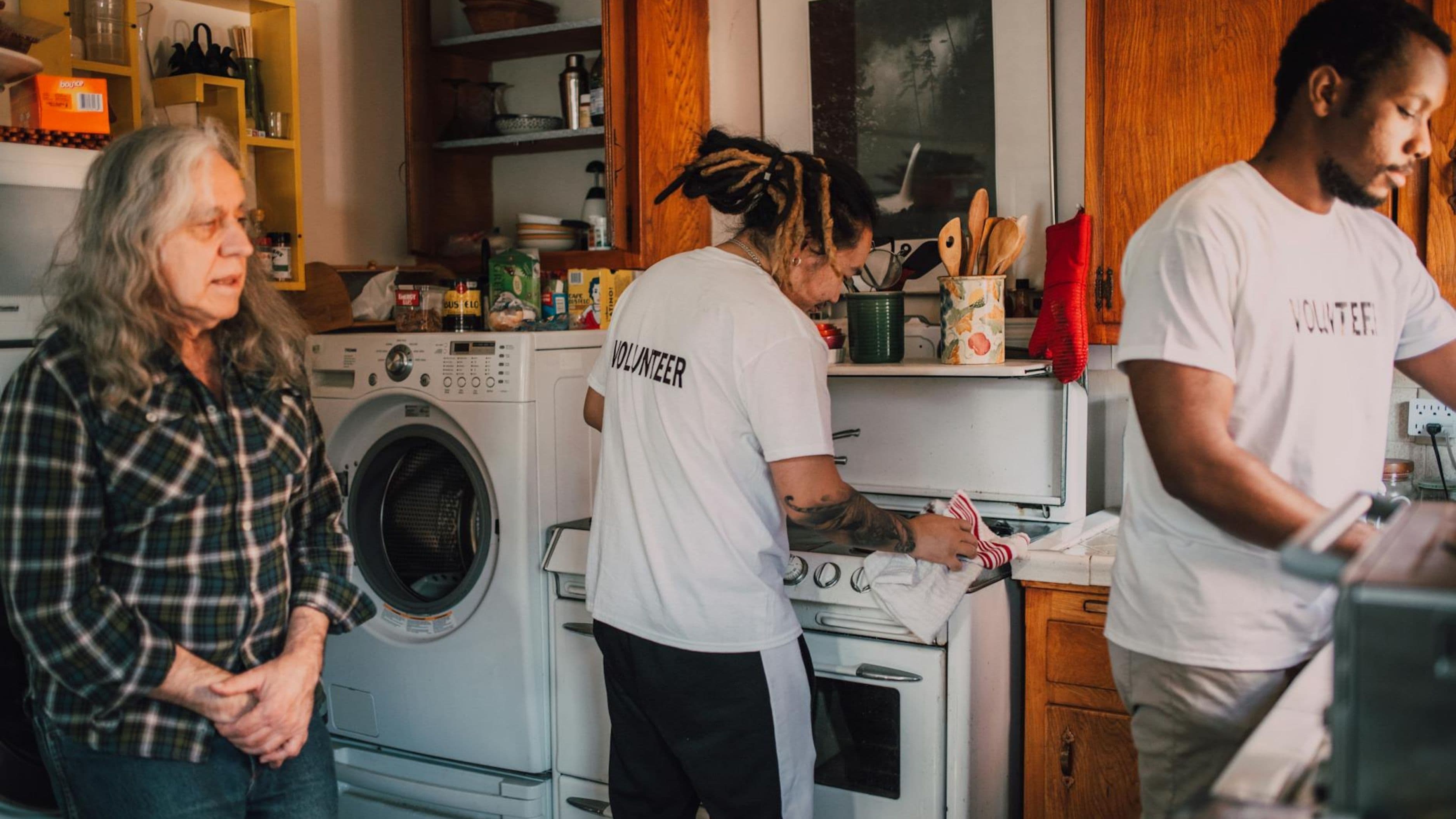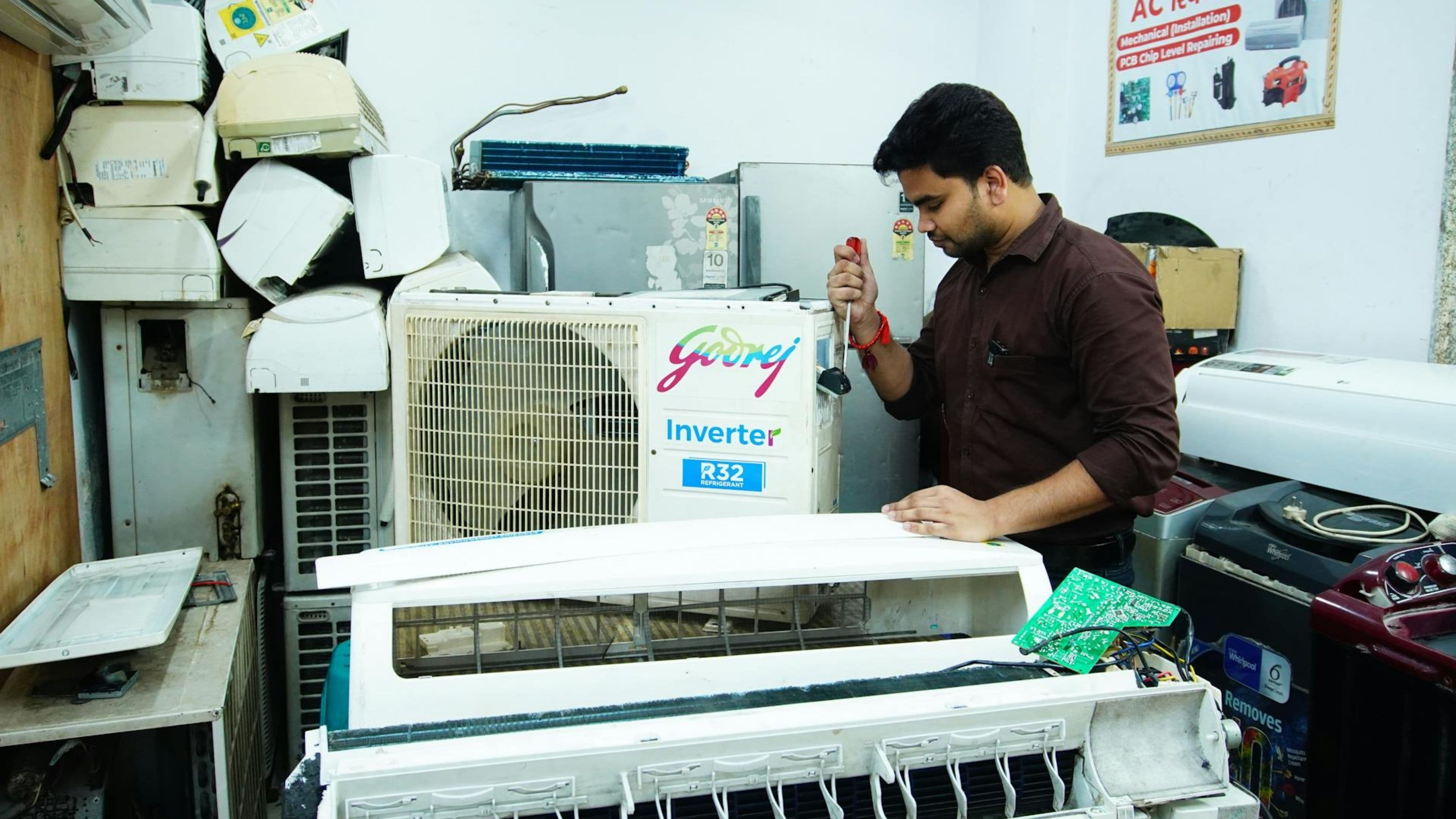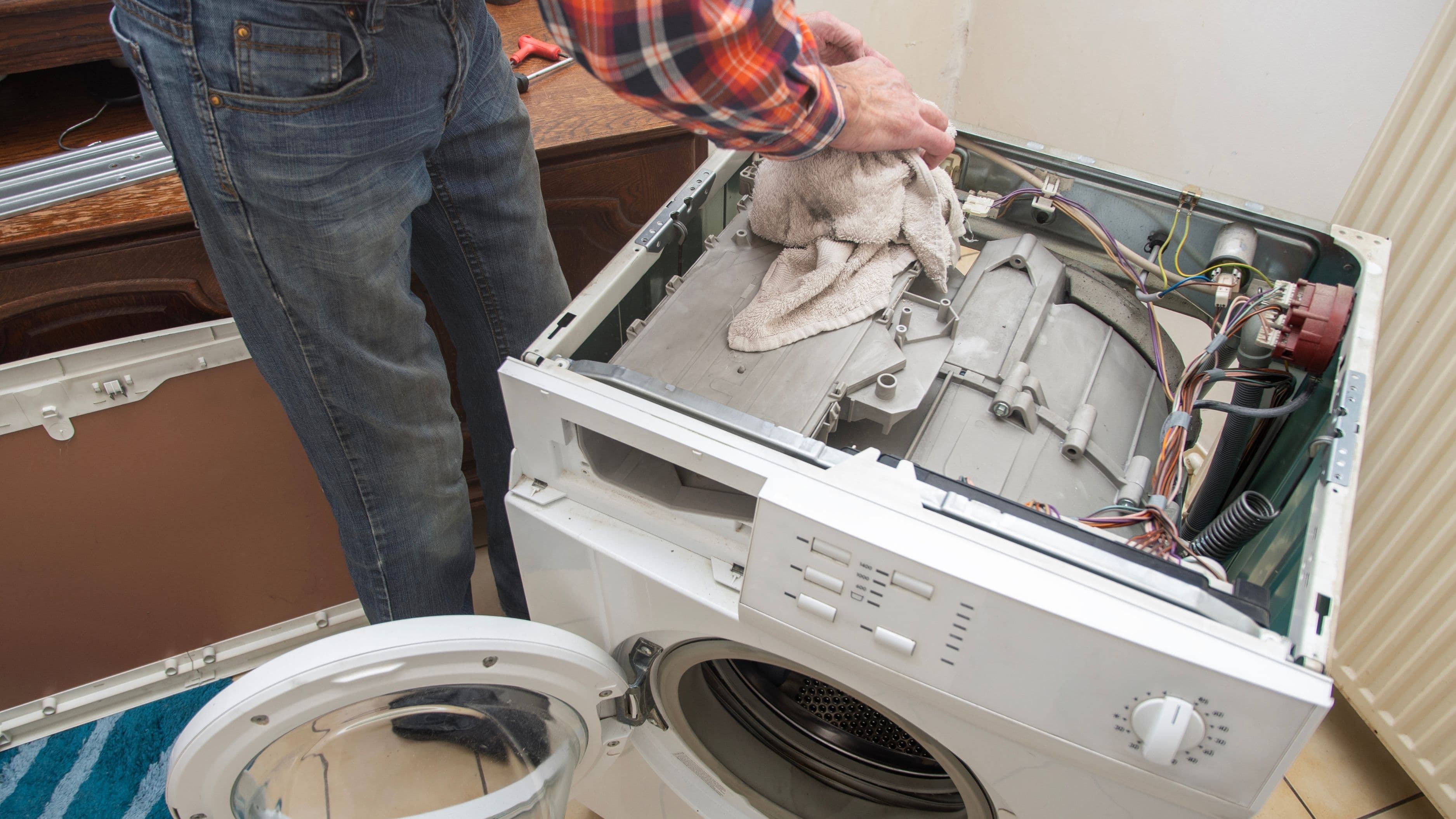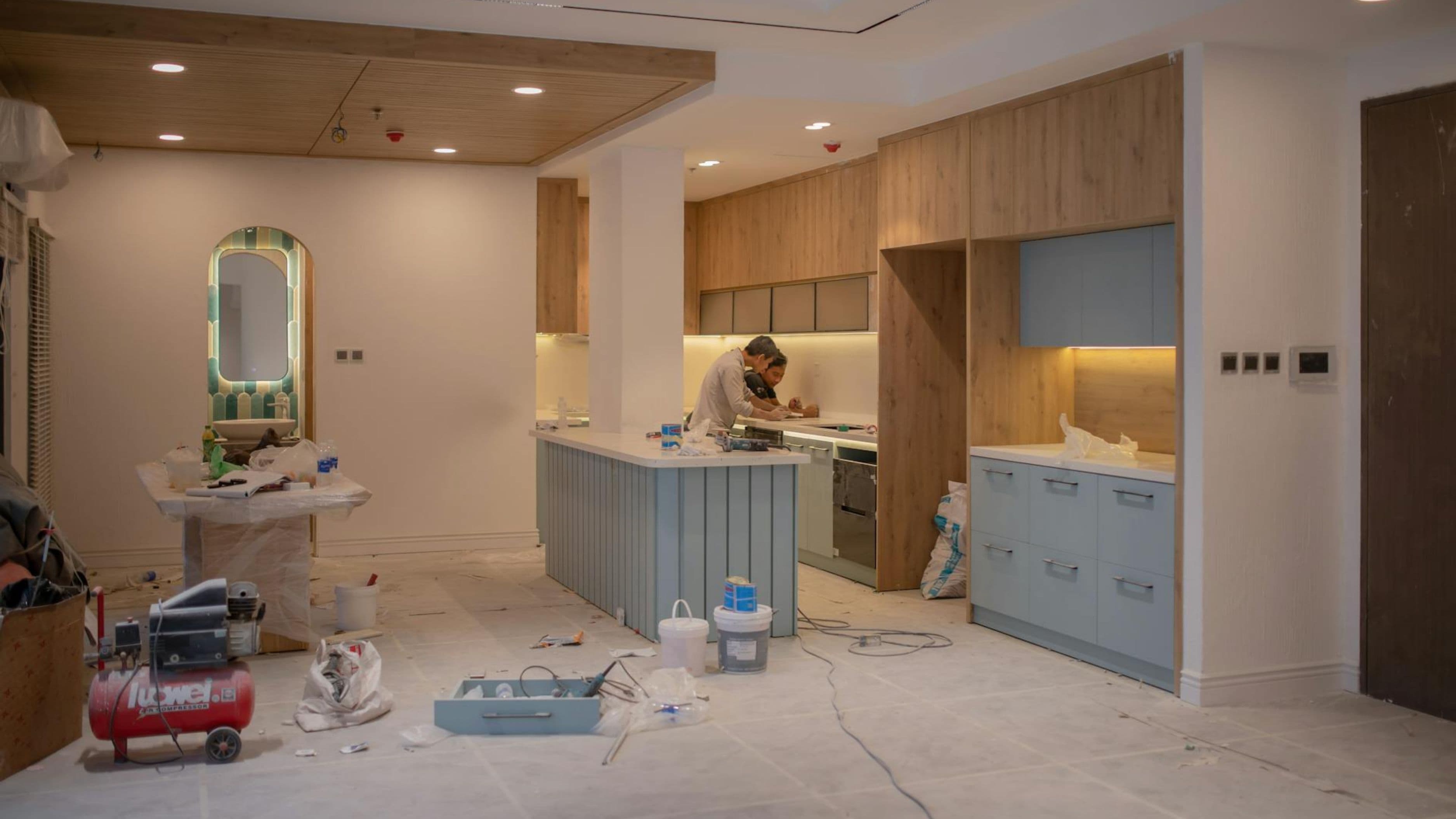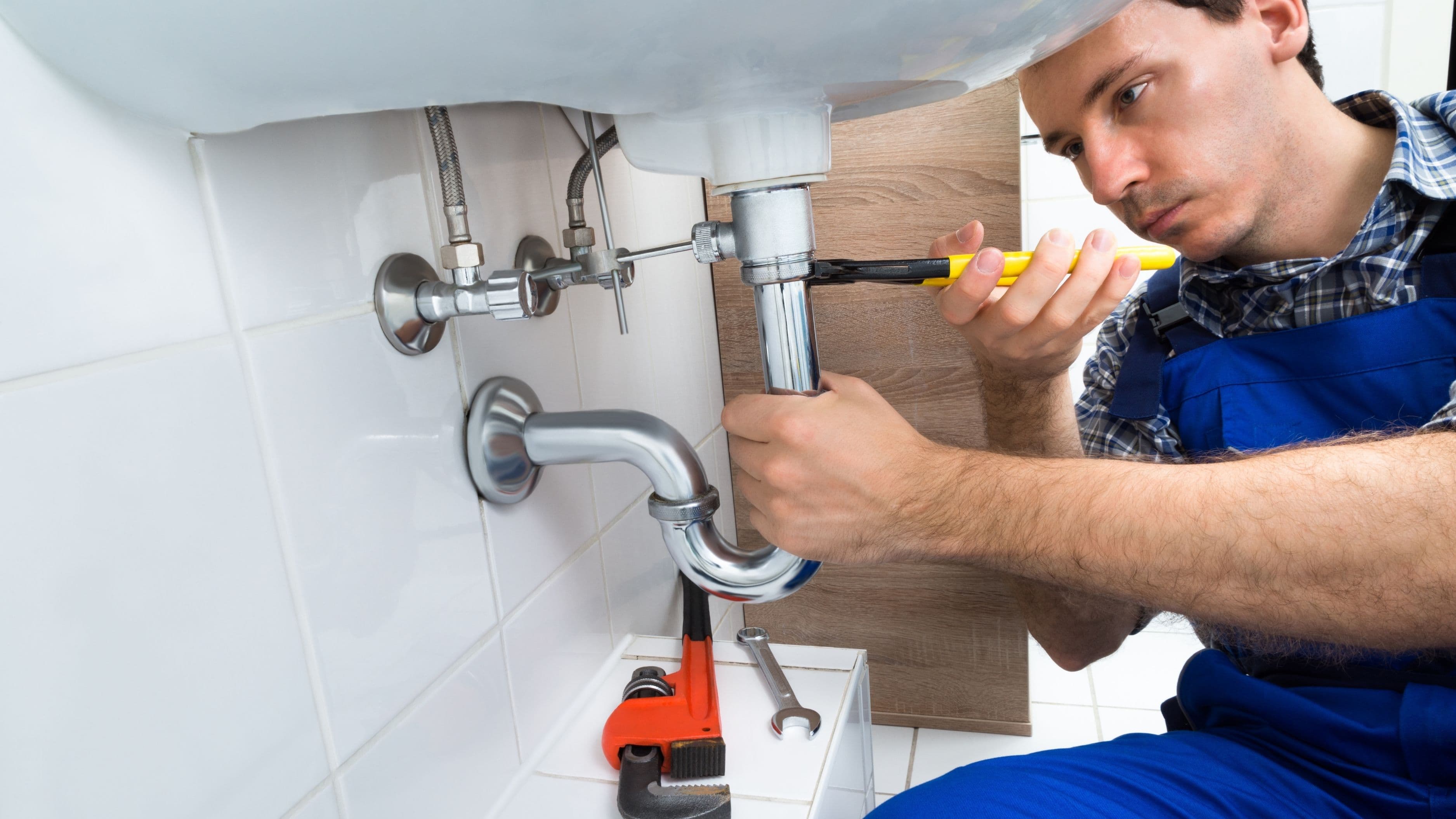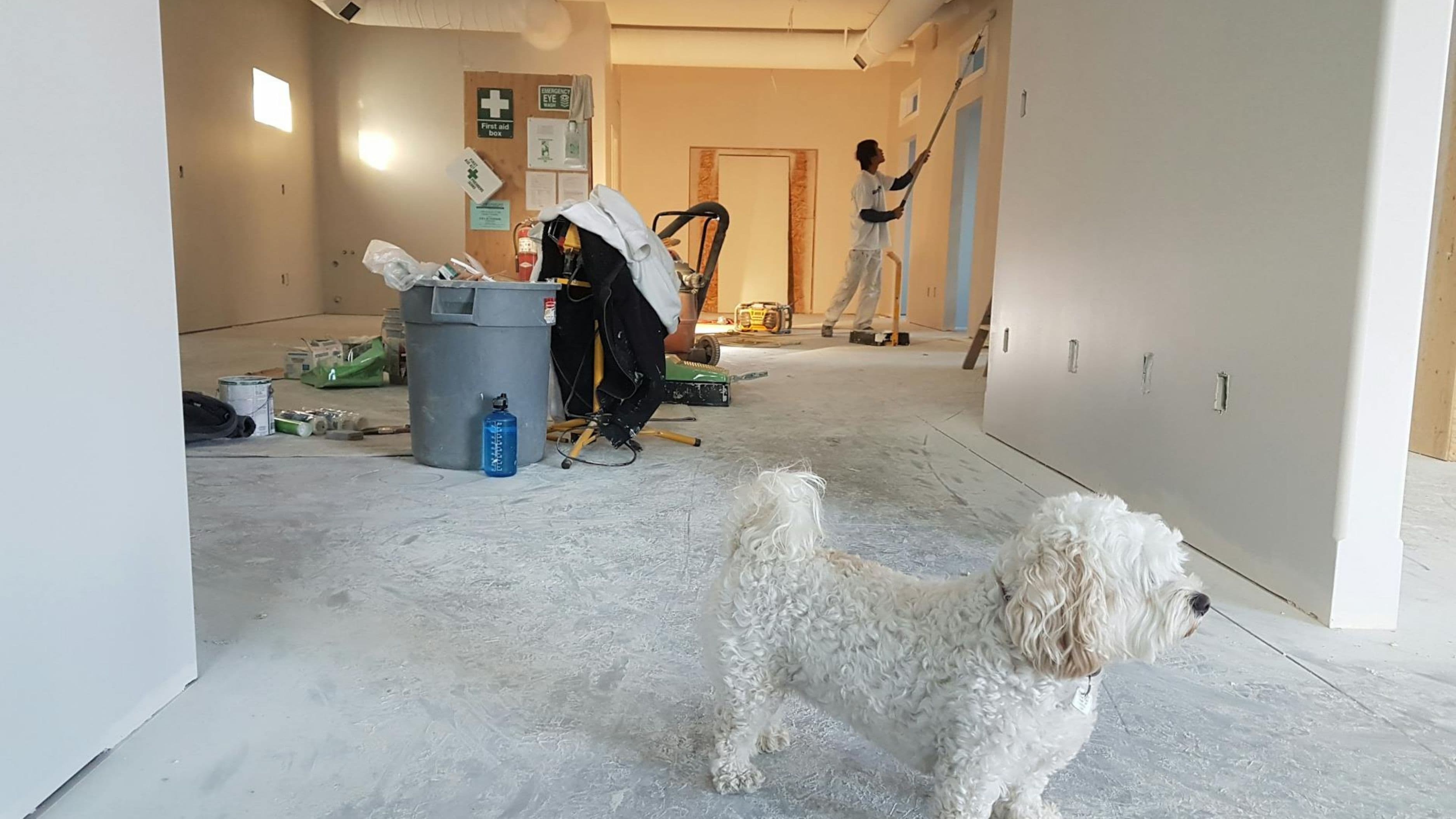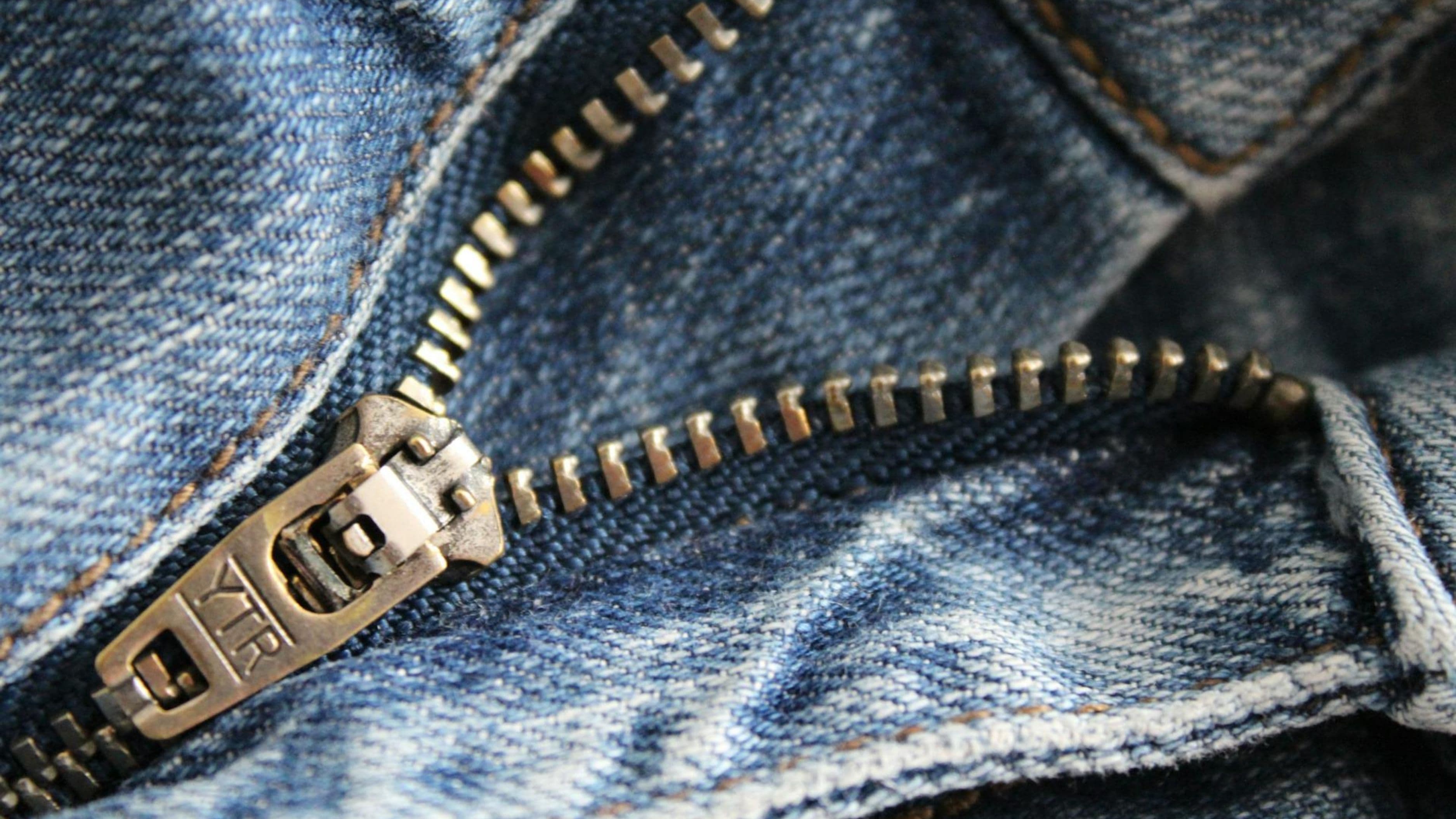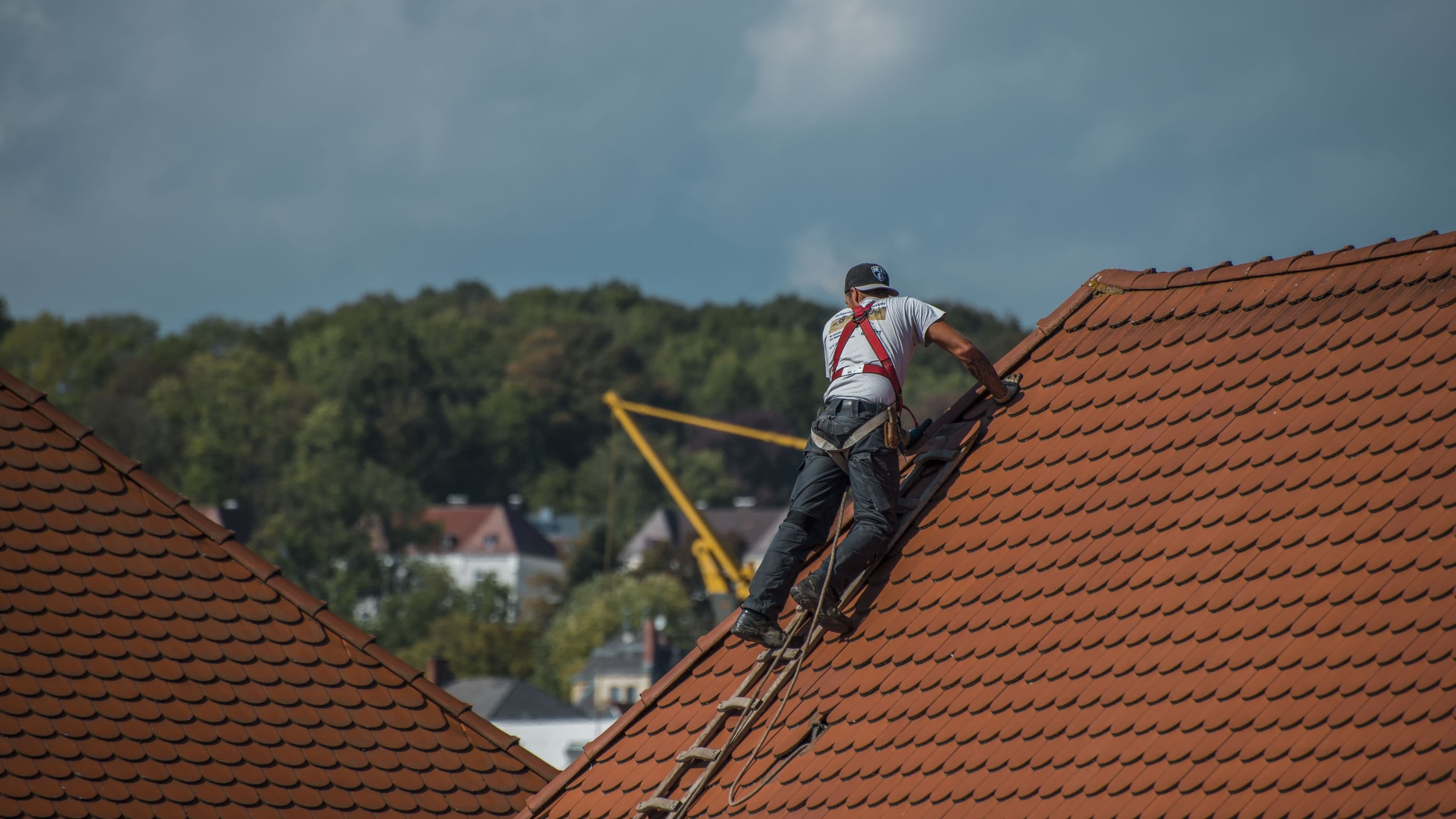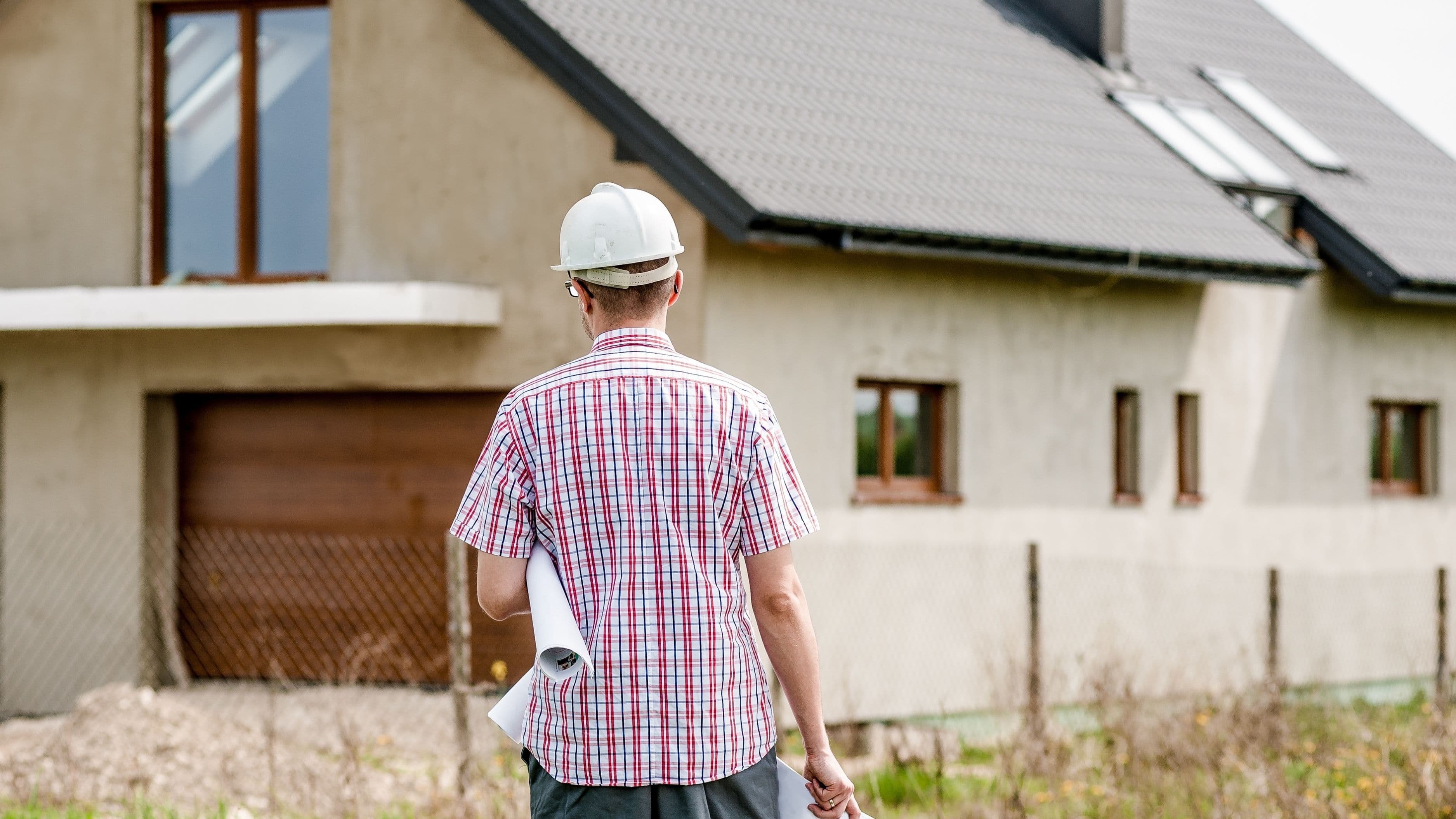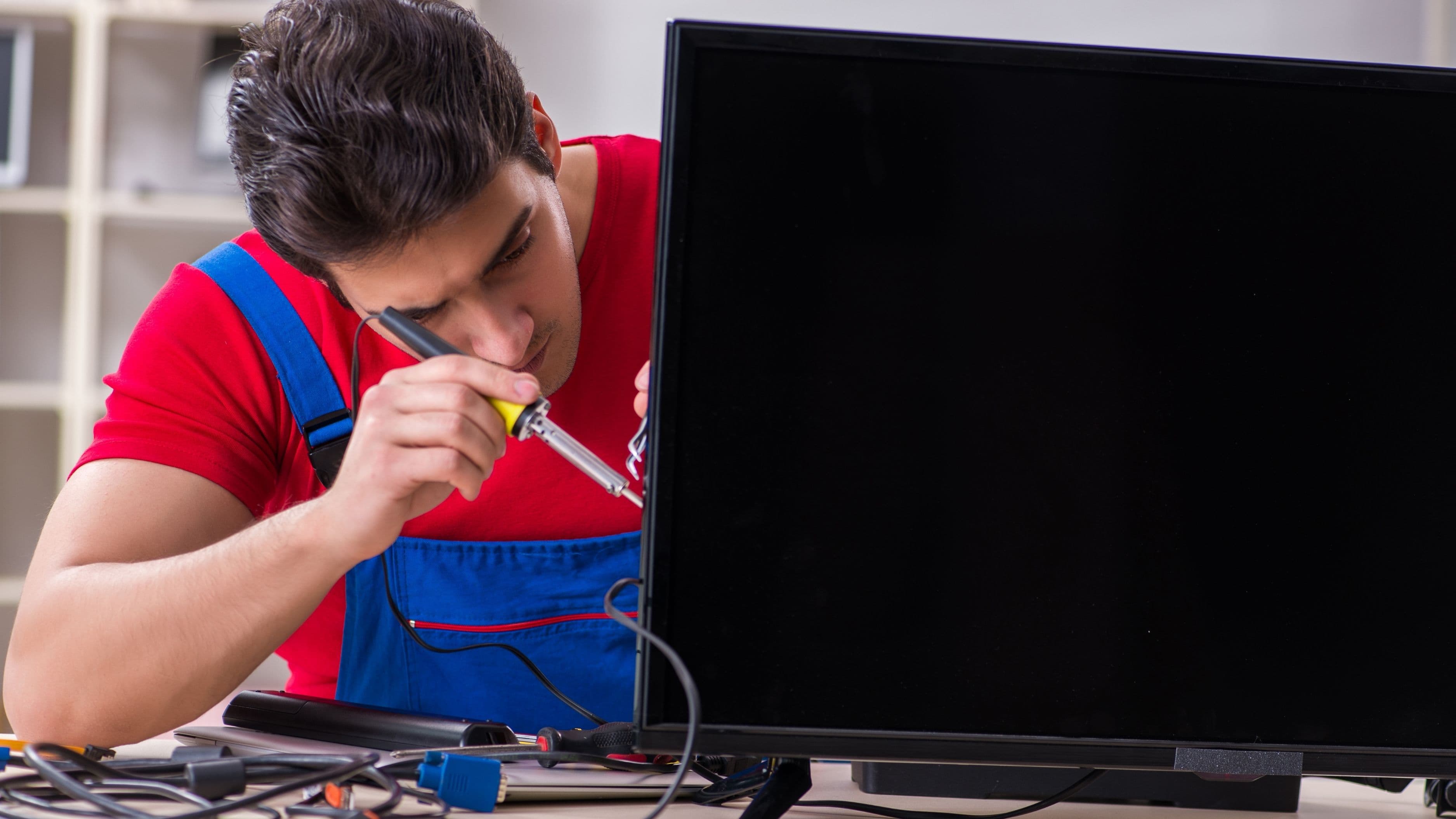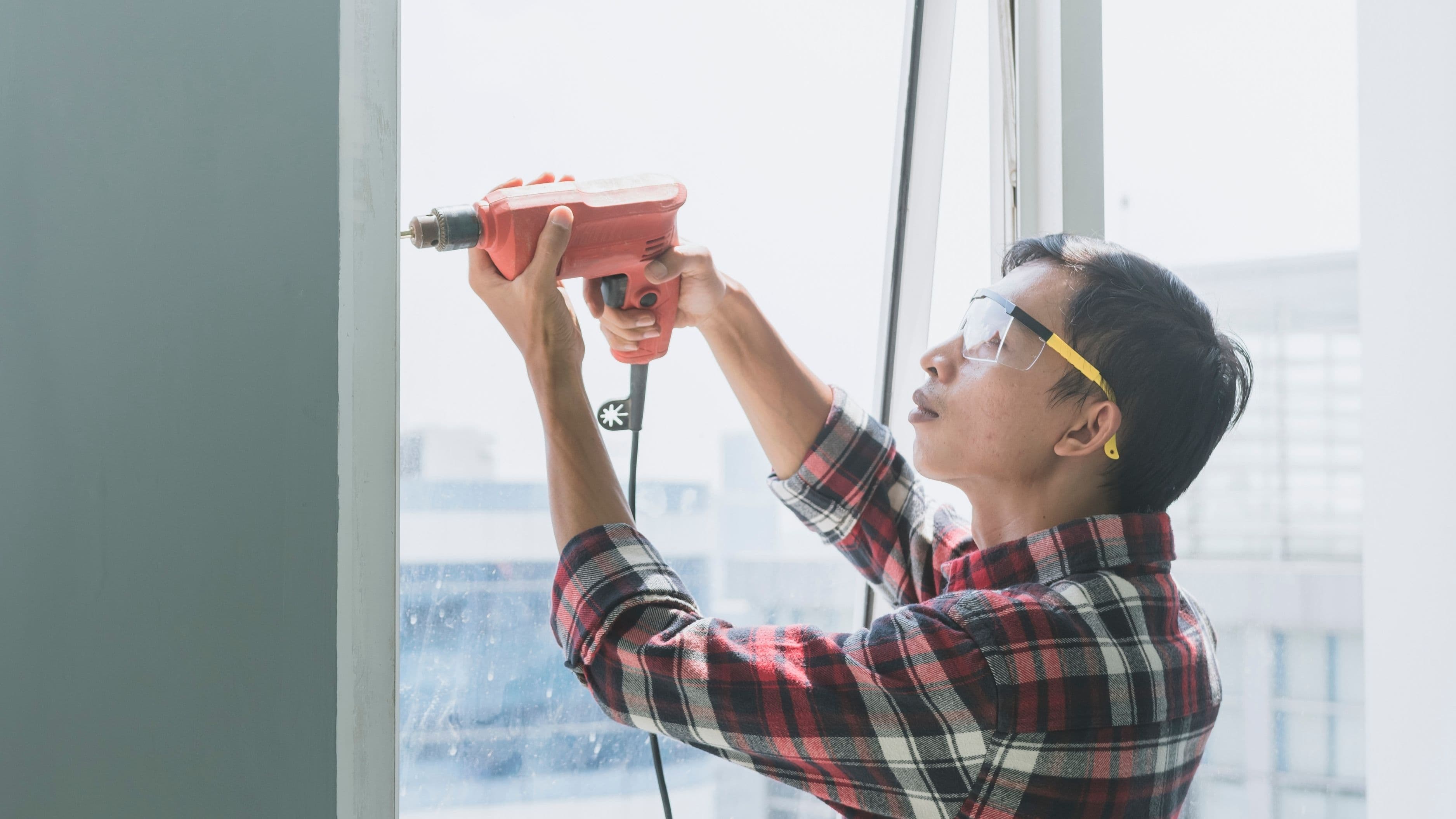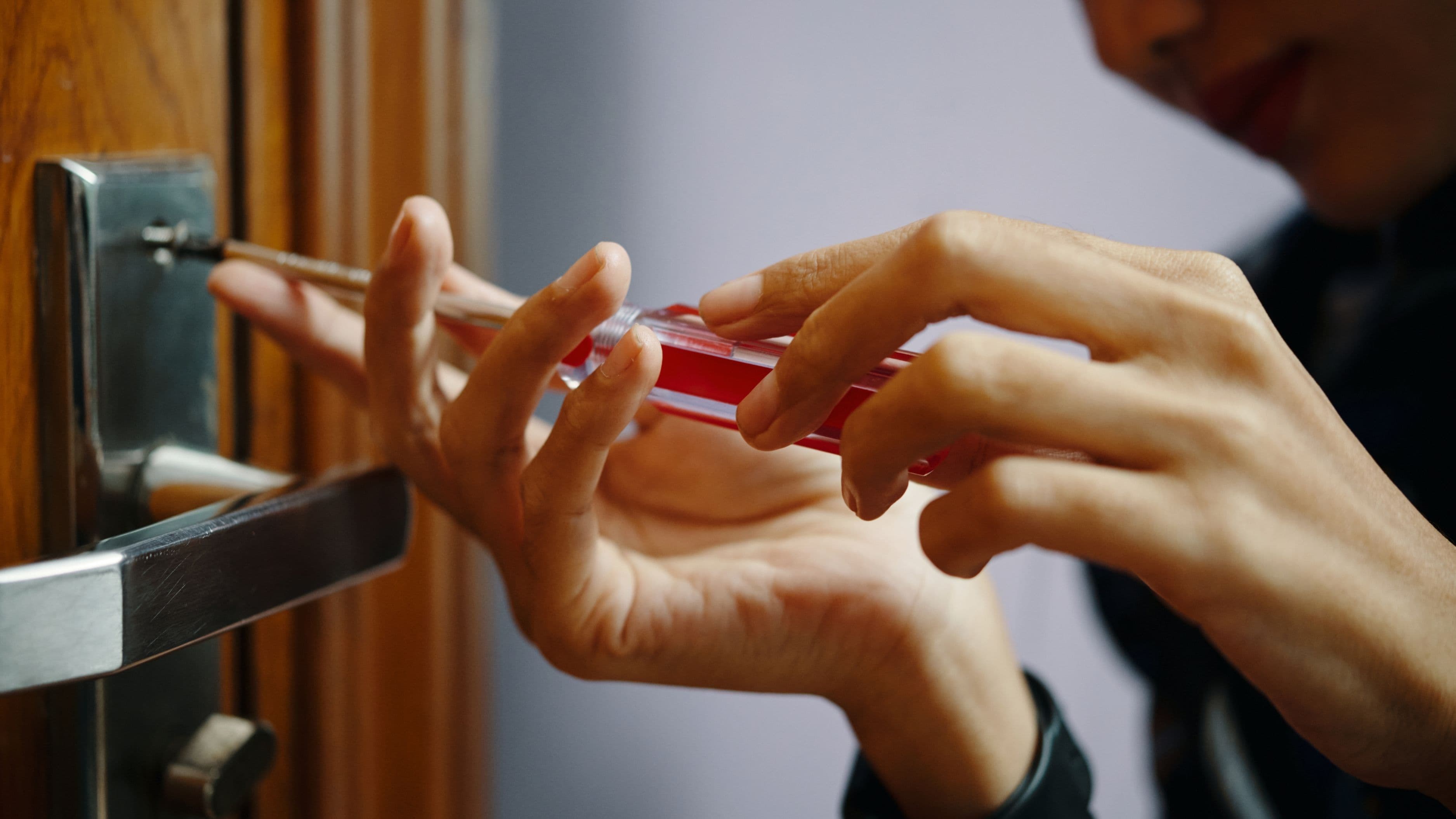The difference between a property that languishes on the market and one that sparks bidding wars often comes down to repairs you can knock out in a weekend. These aren't vanity projects or luxury upgrades. They're calculated moves that speak directly to what buyers and appraisers actually notice, and they deliver returns that make your initial investment look like pocket change.
1. Fresh Paint Creates Instant Equity
That grout pen epiphany taught me something crucial: perceived newness matters more than actual age. A fresh coat of neutral paint—think warm grays, soft whites, or greige tones—can make a 1980s home feel like it was built yesterday. Buyers walk into a freshly painted room and their brains register "move-in ready," which translates directly into offer amounts.
The magic happens because paint does double duty. It covers wall imperfections, outdated color choices, and that accumulated grime that settles into textured surfaces over years of living. More importantly, it provides a blank canvas that helps potential buyers envision their own furniture and family photos on your walls. When people can see themselves living somewhere, they're willing to pay more for the privilege.
Budget around $200-400 for paint and supplies to tackle a 1,500 square foot home yourself, or $1,500-3,000 for professional painters. Either way, expect a return that's three to five times your investment. The National Association of Realtors reports that fresh interior paint can recover 107% of its cost at resale—one of the few home improvements that actually pays you back with interest.
2. Cabinet Refresh Beats Full Replacement
I almost dropped $12,000 on new kitchen cabinets before a contractor friend stopped me mid-signature. "Your cabinet boxes are solid," he said, running his hand along the frame. "You just hate the doors." He was right. For $800 in paint, new hardware, and two weekends of labor, I transformed my kitchen from builder-grade boring to custom-look sophisticated.
Kitchen updates consistently rank among the top features buyers want, but full renovations rarely recoup their costs. A minor kitchen remodel might return 72% of your investment, but a cosmetic cabinet makeover can deliver 200% returns because you're spending hundreds instead of tens of thousands. The transformation is visual, immediate, and dramatic—exactly what catches attention during showings.
Start by deglossing and priming your existing cabinet doors, then apply two coats of durable cabinet paint in a trending color like navy, sage green, or classic white. Swap out dated brass or chrome hardware for matte black or brushed gold pulls. Add under-cabinet lighting for $150, and suddenly your kitchen looks like it belongs in a design magazine rather than a 1995 subdivision.
3. Bathroom Caulk and Grout Rescue
Here's what no one tells you about bathrooms: buyers spend more time scrutinizing them than any other room in the house. They're looking for signs of water damage, mold, and deferred maintenance. Crispy, cracked caulk around your tub screams "hidden problems," even if your plumbing is perfectly sound.
Recaulking a bathroom takes about an hour and costs $15 in materials. You scrape out the old caulk with a utility knife, clean the joint thoroughly, and apply a fresh bead of mildew-resistant silicone. The result? Your bathroom looks professionally maintained and moisture-protected. For grout, you have two options: deep cleaning with a specialized cleaner and brush, or using a grout pen to paint over stains. Both methods cost under $30 and transform grimy tile work into something that sparkles.
The psychological impact is enormous. Clean, well-maintained bathrooms signal to buyers that you've cared for the entire property. Appraisers notice too—bathrooms in excellent condition can add $5,000-$10,000 to appraised values compared to identical homes with dated or damaged bathrooms.
4. Light Fixture Upgrades Create Perceived Value
I used to think light fixtures were purely decorative until I swapped out five builder-grade boob lights for modern flush-mount fixtures. My home immediately felt upscale, and showing feedback shifted from "nice starter home" to "beautifully updated property." The total cost? $350. The increase in offers? Substantial enough that I closed $22,000 above my original asking price.
Lighting sets the mood and defines the quality of a space. Outdated fixtures—brass chandeliers, frosted globes, fan-light combos from 1997—date your entire home regardless of what else you've updated. Modern fixtures with clean lines and contemporary finishes create visual continuity and suggest that everything else has been thoughtfully maintained.
Focus on high-impact areas: entry foyer, dining room, and primary bedroom. You don't need to rewire anything; most fixture swaps are straightforward replacements that take 20 minutes each. Spend $50-$100 per fixture for mid-range options that photograph well and appeal to broad buyer tastes. The return isn't just financial—it's perceptual, shifting your property from "dated" to "contemporary" in buyers' minds.
5. Weatherstripping and Door Sweeps Signal Energy Efficiency
Energy efficiency has moved from nice-to-have to non-negotiable for today's buyers. They're calculating utility costs before they even make an offer, and drafty doors and windows trigger concerns about heating bills and comfort. Installing weatherstripping around entry doors and adding door sweeps costs about $30 per door but communicates that your home is tight, efficient, and well-maintained.
The repair itself is almost absurdly simple: measure, cut, peel, and stick adhesive weatherstripping around door frames where gaps let in air. Attach a door sweep to the bottom of exterior doors to block drafts at floor level. The immediate benefit is lower utility bills for you, but the long-term value is in buyer perception. When potential buyers feel a solid seal as they close your front door, they subconsciously register quality construction and energy savings.
Many municipalities now require energy audits for property transfers, and failing weatherstripping shows up as an efficiency weakness. Addressing it proactively eliminates a potential negotiation point and keeps your inspection report clean. For maximum impact, combine weatherstripping with caulking around window exteriors—another $40 investment that closes gaps and demonstrates your commitment to proper maintenance.
6. Outlet and Switch Plate Uniformity
This seems minor until you start noticing it everywhere: mismatched outlet covers, paint-splattered switch plates, almond-colored plastic in a white-walled room. These tiny inconsistencies create visual noise that makes rooms feel unfinished and careless. Replacing every outlet and switch plate in your home with matching white or ivory covers costs around $50 and takes maybe two hours.
The transformation is subtle but profound. Uniform plates create visual cohesion that makes spaces feel professionally finished and thoughtfully designed. It's a detail that buyers won't consciously notice, but its absence creates a nagging sense that something's off. You want potential buyers focused on your beautiful floors and natural light, not distracted by a cracked beige outlet cover next to freshly painted white trim.
While you're at it, consider upgrading to decorator-style outlets and switches—the rectangular ones instead of the traditional toggles. They're marginally more expensive (about $3 per plate instead of $1) but look significantly more modern. This micro-upgrade reinforces the narrative that your property has been updated and maintained to current standards.
7. Baseboard and Trim Touch-Ups
Baseboards take a beating. Vacuum cleaners slam into them, furniture scrapes them, and daily life gradually chips away at their finish. I didn't realize how much these scuffs and dings were costing me until I spent a Saturday afternoon with a tube of caulk, wood filler, and paint touching up every baseboard in my rental property. The transformation made rooms feel larger, cleaner, and more valuable.
Start by filling gaps between baseboards and walls with paintable caulk—these gaps appear as homes settle and make your property look sloppy. Fill dings and gouges with wood filler, sand smooth, and touch up with matching paint. For deeply damaged sections, consider replacing individual boards rather than attempting extensive repairs. A 12-foot piece of baseboard costs around $15, and swapping it out is faster than extensive patching.
The impact extends beyond aesthetics. Clean, well-maintained trim suggests the bones of your home are solid. Buyers (and appraisers) subconsciously extrapolate from visible details to hidden systems. If your baseboards are pristine, they assume your foundation, framing, and structure are equally well-maintained. That assumption translates into higher offers and fewer inspection concerns.
8. Front Door Curb Appeal
Your front door is making judgments on your behalf before buyers even step inside. A faded, weathered door with tarnished hardware tells a story of neglect. A freshly painted door with polished hardware says "welcome home." This repair delivers outsized returns because it literally frames the first impression and sets expectations for everything inside.
You have two approaches here, depending on condition. If your door is structurally sound but cosmetically tired, deep clean it, sand lightly, and apply exterior-grade paint in a bold color—navy, charcoal, or even a sophisticated red. Add a new lockset and deadbolt for $80-150. If the door is beyond salvation—warped, cracked, or damaged—replace it entirely. A good pre-hung entry door runs $300-600 and installs in about three hours.
Don't stop at the door itself. Polish or replace the house numbers, add a new doormat, and consider flanking the entry with matching planters. These finishing touches create a cohesive welcome statement that makes buyers eager to see what's inside. Real estate photographers will spend extra time capturing this area because they know it's what draws clicks online and gets people through the door for showings.
The Compounding Effect of Strategic Repairs
Here's what surprised me most about these targeted repairs: they compound. Fresh paint looks even better when paired with new light fixtures. Updated baseboards amplify the impact of your refinished floors. Each repair elevates the others, creating a cohesive impression of quality and care that transcends the sum of individual improvements.
The total investment for all eight repairs—assuming you DIY most of the work—typically runs $2,000-$4,000 for an average home. The return? Properties that show well and photograph beautifully consistently sell for 5-10% above comparable homes with deferred maintenance. On a $300,000 property, that's $15,000-$30,000 in additional equity unlocked through repairs that cost less than a weekend vacation.
This isn't about creating the perfect home or competing with million-dollar renovations. It's about eliminating buyer objections, presenting a property that photographs well online, and signaling to everyone who walks through that you've maintained this investment properly. These repairs remove barriers to offers and create the conditions for competitive bidding.
Start with the issues visible in photos—paint, fixtures, and entry door—since these drive online interest and showings. Then tackle the details that matter during walkthoughs—caulk, weatherstripping, and trim work. Each repair builds momentum, transforming your property from "needs work" to "move-in ready" in buyers' minds. That psychological shift is worth far more than the materials you'll purchase.
The grout pen that started my journey cost $8.99. The mindset shift it triggered—from accepting conditions to strategically improving them—was priceless. Your property holds latent value waiting to be activated through smart, affordable repairs. The question isn't whether you can afford to make these improvements. It's whether you can afford to leave tens of thousands of dollars trapped in your walls, waiting for someone else to discover it.
📚 Sources
1. National Association of Realtors (NAR). "2024 Remodeling Impact Report: Exterior and Interior Paint Projects." NAR Research Department.
2. Remodeling Magazine. "2024 Cost vs. Value Report: Kitchen Renovations." Hanley Wood, LLC.
🔍 Explore Related Topics

